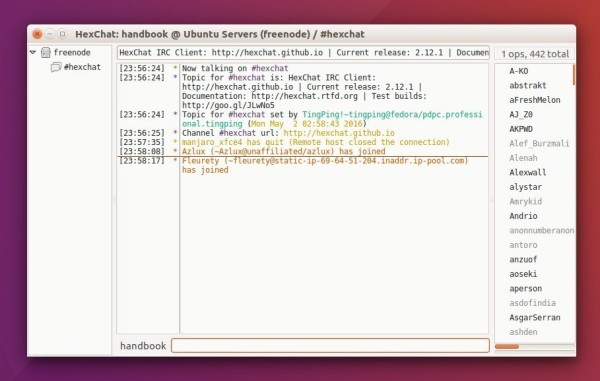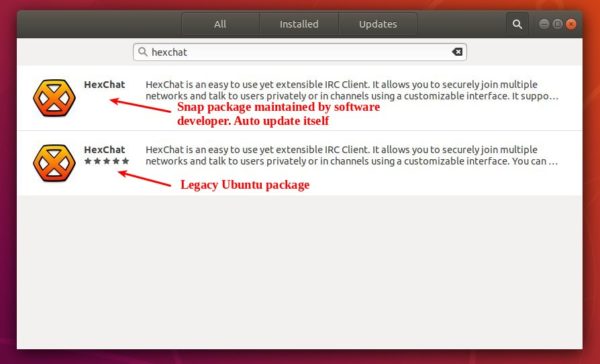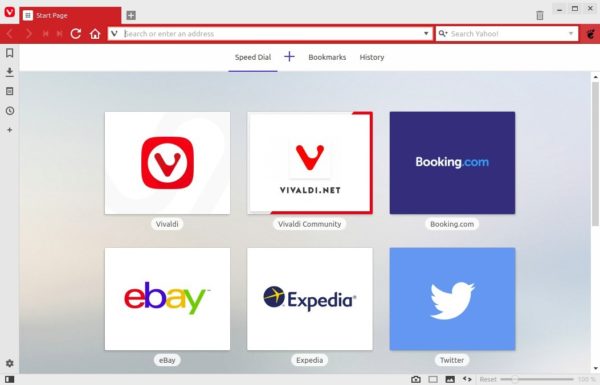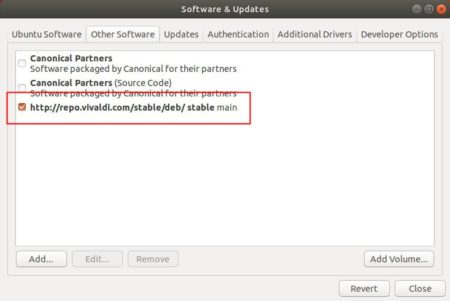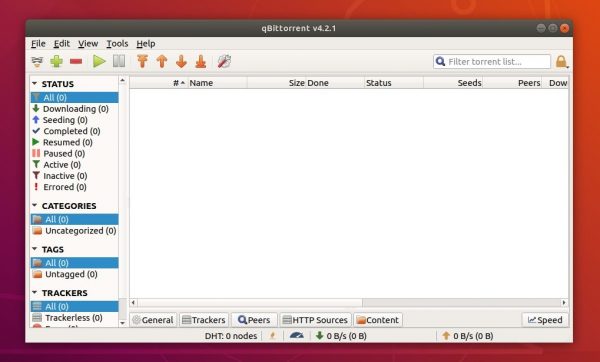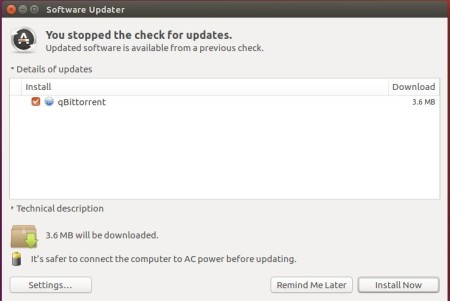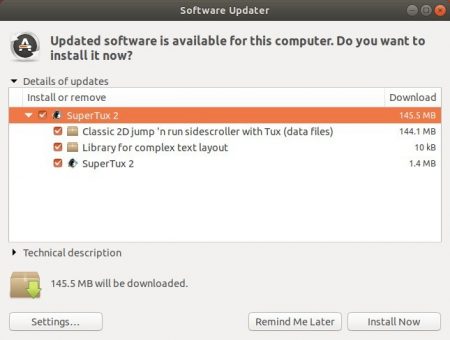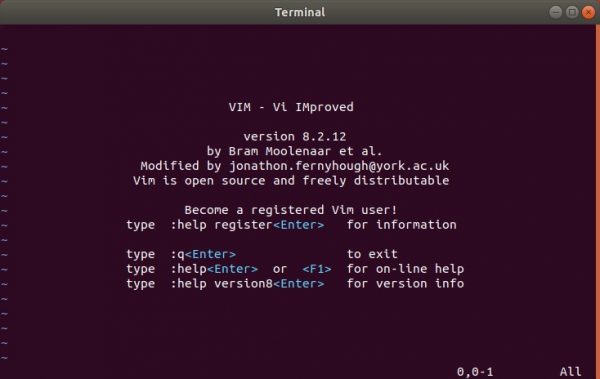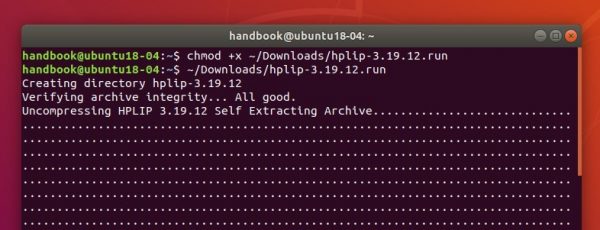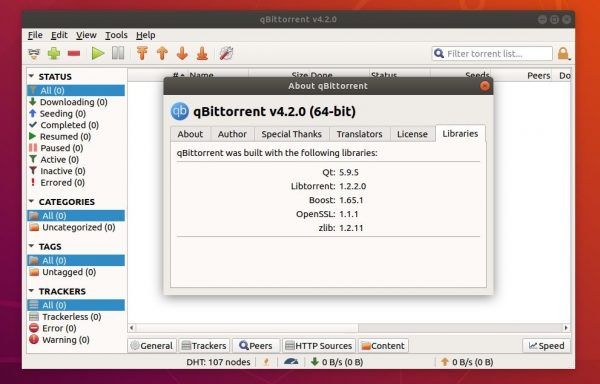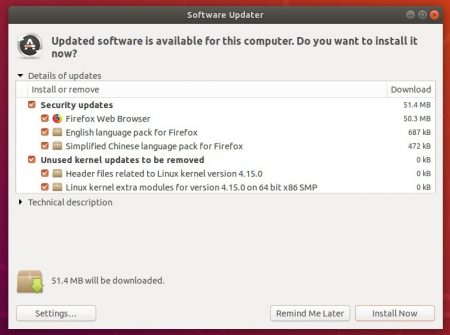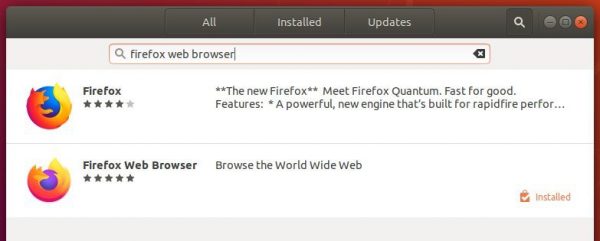![]()
Kid3 audio tag editor released version 3.8.1 today with some improvements, fixes for Linux and Android binary packages.
According to the changelog, Kid3 3.8.1 includes following changes:
- Show number of files in status bar.
- Support regular expressions in string replacements.
- Support format codes in “Filename for cover” in “Extract Album Art” script.
- The order of string replacements is respected.
- Show RVA2 identifier in frame table.
- Show UFID owner and values in frame table.
- Support setting file name with “Import from Tags”.
- QML scripts: Skip “–” argument, which is used when passing parameters from qml tool.
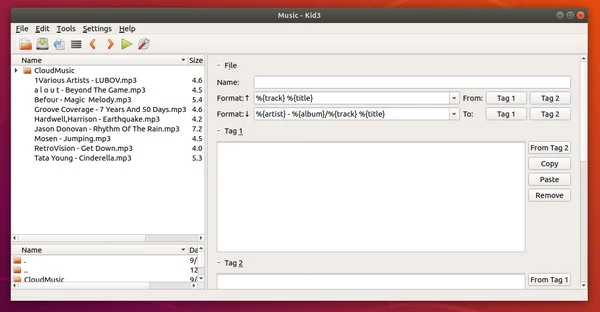
The official PPA has built the packages for Ubuntu 16.04, Ubuntu 18.04, Ubuntu 19.04, Ubuntu 19.10.
1. Open terminal either from application launcher or by pressing Ctrl+Alt+T on keyboard. When it opens, run command to add the PPA:
sudo add-apt-repository ppa:ufleisch/kid3
Type user password (no asterisk feedback) when it prompts and hit Enter to continue.

2. If an old version was installed, upgrade Kid3 using Software Updater:
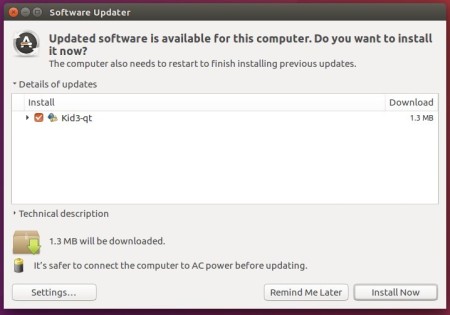
or run commands one by one in terminal to install or upgrade to the latest tag editor:
sudo apt update sudo apt install kid3-qt
You may replace kid3-qt with kid3 in the code for KDE integration, or with kid3-cli for the command-line interface
Uninstall
To remove the PPA repository, either open Software & Updates -> Other Software tab, or run command:
sudo add-apt-repository --remove ppa:ufleisch/kid3
To remove the audio tag editor, either use your system package manager or run command:
sudo apt remove --auto-remove kid3 kid3-*




